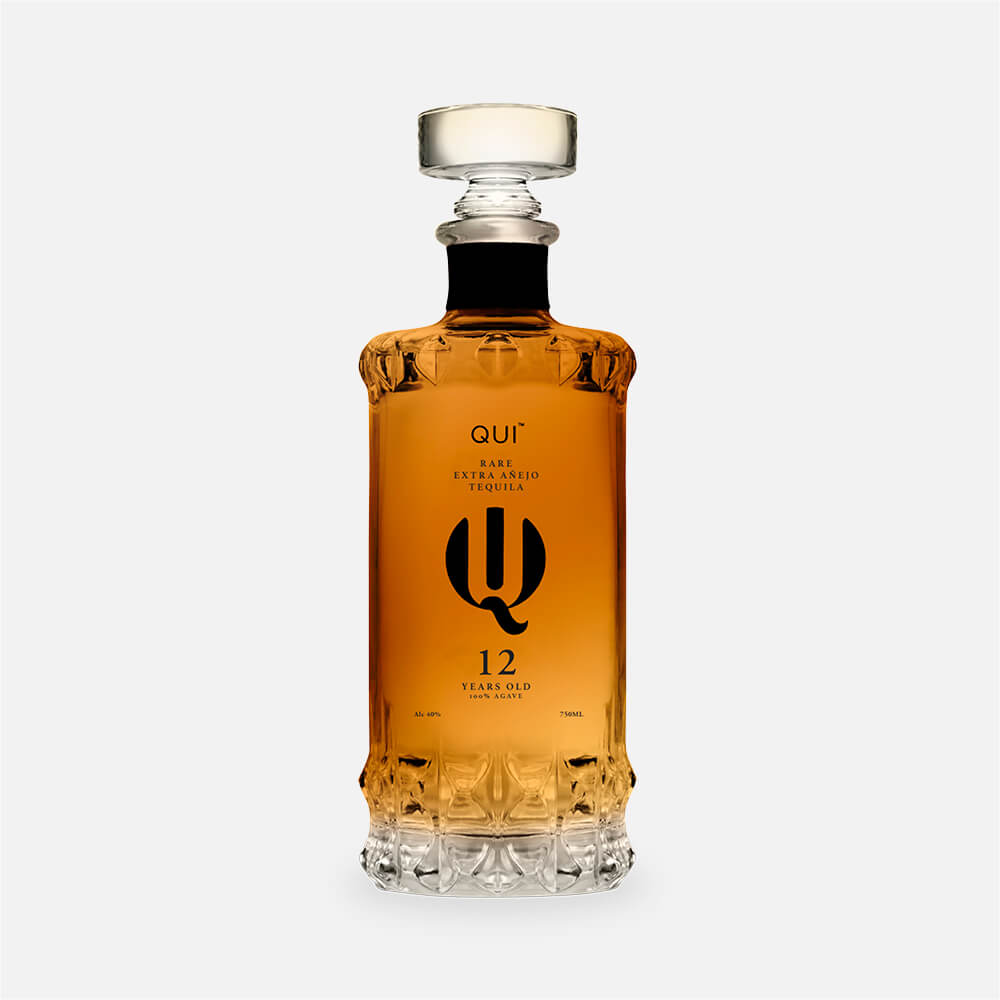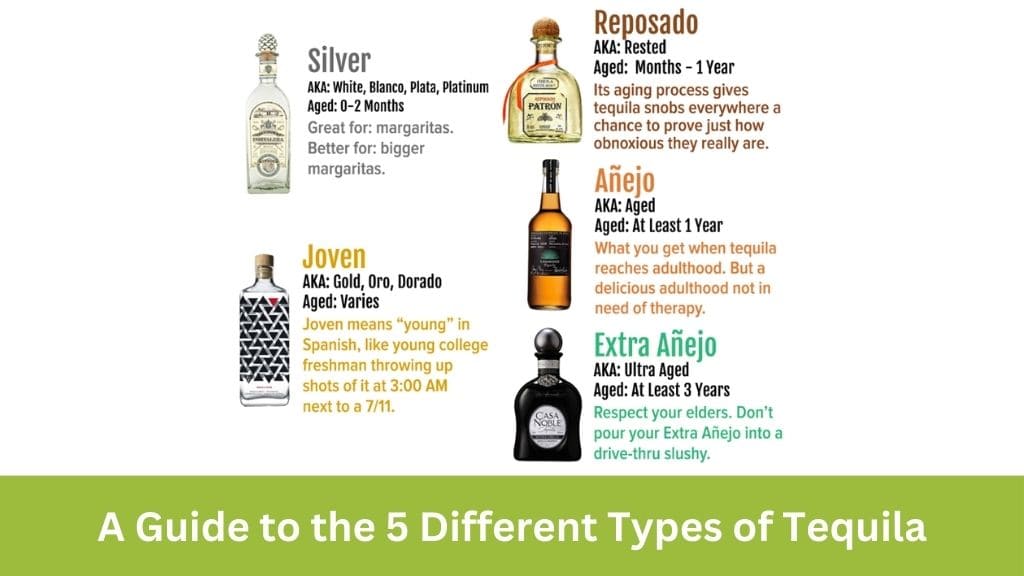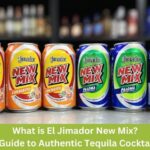Tequila is a beloved spirit originating from Mexico, known for its diverse range of flavors and aging processes. In recent years, the introduction of Cristalino has added another dimension to the tequila landscape. In this comprehensive guide, we’ll delve into the five main varieties of tequila and explore the nuances of Cristalino.
Blanco (Silver or Plata) Tequila
:max_bytes(150000):strip_icc()/LIQUORS-10-best-blanco-tequilas-5080770-37a0a2a00d6f4a0b8e5acfa6997f70e5.jpg)
Blanco tequila, also known as Silver or Plata, represents the purest expression of the agave plant’s flavors. Typically unaged and transparent, Blanco tequila may also undergo brief aging, up to 60 days, in oak or Holm oak barrels.
This variety is favored by purists for its crisp and unadulterated taste, making it ideal for sipping neat or as a base for cocktails. Despite its short aging period, Blanco tequila boasts a refreshing and vibrant profile, showcasing notes of citrus, pepper, and earthiness.
It serves as the foundation for exploring the rich diversity of tequila and is a beloved choice among enthusiasts seeking authenticity and quality.
Joven (Gold or Oro) Tequila

Joven tequila, also referred to as Gold or Oro, offers a blend of unaged and aged tequilas, providing a balanced and versatile drinking experience.
While high-quality Joven tequilas exhibit a harmonious combination of flavors, some lower-grade versions may be artificially colored and flavored. It’s essential for consumers to discern between authentic blends and imitations, ensuring they select reputable brands that prioritize quality and craftsmanship.
Joven tequila’s golden hue and smooth profile make it a popular choice for sipping or mixing in cocktails, offering a delightful journey into the diverse world of tequila.
Reposado (Aged) Tequila

Reposado tequila, meaning “rested” in Spanish, undergoes a minimum aging period of 60 days in oak or Holm oak barrels, allowing it to develop a smooth and complex flavor profile. This aging process imparts subtle oak notes and a mellow character to the tequila, distinguishing it from its unaged counterpart.
While some Reposado tequilas may lack depth due to aging in large vessels or the addition of additives, others mature in smaller barrels, resulting in a richer and more nuanced spirit. With its balanced blend of agave sweetness and oak influence, Reposado tequila is ideal for sipping neat or adding depth to cocktails, providing a delightful taste of Mexico’s rich tequila heritage.
Añejo (Extra Aged) Tequila

Añejo tequila, which translates to “old” in Spanish, is revered for its exceptional quality and depth of flavor. This category of tequila undergoes a minimum aging period of one year in sealed oak or Holm oak barrels, allowing it to develop complex notes of vanilla, caramel, and spice.
The extended aging process imbues Añejo tequila with a smooth and sophisticated character, reminiscent of fine cognacs. With its rich amber hue and luxurious mouthfeel, Añejo tequila is best enjoyed neat or as the star ingredient in premium cocktails.
Connoisseurs appreciate the craftsmanship and attention to detail that goes into producing this extraordinary spirit, making it a cherished symbol of Mexican tradition and heritage.
Extra Añejo (Ultra Aged) Tequila

Extra Añejo tequila, also known as “ultra aged,” represents the pinnacle of tequila craftsmanship and sophistication. Introduced in 2006, this category requires a minimum aging period of three years in sealed oak or Holm oak barrels, surpassing the aging requirements of Añejo tequila.
The extended maturation process allows Extra Añejo tequila to develop an unparalleled depth of flavor, with complex notes of oak, spice, and caramel.
Often compared to fine French cognac, Extra Añejo tequila offers a luxurious drinking experience that captivates the senses. While its premium price reflects the investment in time and resources required for its production, enthusiasts are willing to indulge in this exquisite spirit for its exceptional quality and refinement.
The Emergence of Cristalino
Cristalino Tequila
:max_bytes(150000):strip_icc()/__opt__aboutcom__coeus__resources__content_migration__liquor__2017__07__27083108__What-Exactly-Is-Cristalino-Tequila-and-Why-Is-It-Everywhere-All-of-a-Sudden-720x720-article-c3ed0d369d9445d9a779d47a8bd2594d.jpg)
Cristalino tequila is a relatively new category characterized by its clear appearance, achieved through filtration or redistillation to remove the amber hue acquired during aging. While some purists criticize the process for stripping away flavors, proponents argue that it offers a unique alternative for those seeking a smoother, lighter tequila experience.
Cristalino tequila is a relatively recent innovation in the world of tequila, characterized by its clear and transparent appearance. Unlike traditional aged tequilas, which acquire a golden hue from aging in oak barrels, Cristalino tequila undergoes a filtration or redistillation process to remove any coloration acquired during aging.
This results in a crystal-clear spirit that retains the complex flavors and smoothness of aged tequila while offering a visually striking presentation. While some purists may express concern about potential flavor loss during the filtration process, proponents of Cristalino tequila appreciate its purity and versatility.
Whether enjoyed neat or used as the base for cocktails, Cristalino tequila offers a modern twist on a classic spirit, appealing to discerning palates and cocktail enthusiasts alike.
Production Techniques
The production of Cristalino tequila involves various techniques, including charcoal filtration and re-distillation, aimed at removing impurities and color. While these methods result in a visually stunning product, there are concerns about potential flavor loss during the filtration process. However, advancements in technology and refining processes continue to elevate the quality of Cristalino tequila.
Flavor Profile and Market Trends
Cristalino tequilas offer a distinct flavor profile characterized by their clarity and smoothness. They appeal to consumers who appreciate the purity of the spirit without compromising on taste. In recent years, the popularity of Cristalino tequila has surged, with distilleries introducing innovative variations to cater to evolving consumer preferences.
FAQs
Which Tequila Is Aged The Longest?
The tequila aged the longest is the Extra Añejo (Ultra Aged) tequila, which requires a minimum aging period of three years in sealed oak or Holm oak barrels. This surpasses the aging requirements of Añejo tequila, making Extra Añejo tequila the most aged and matured variety in the tequila spectrum.

What is the difference between blanco and reposado tequila?
Blanco tequila is typically unaged or aged for a very short period, resulting in a clear appearance and a pure expression of agave flavors. Reposado tequila, on the other hand, is aged for a minimum of 60 days in oak barrels, giving it a smoother taste with hints of oak and vanilla.
How long does extra añejo tequila typically age in barrels?
Extra añejo tequila is aged for a minimum of three years in oak barrels, which is significantly longer than other categories such as blanco, reposado, and añejo. This extended aging period allows the tequila to develop complex flavors and a rich, smooth character.
Can you explain the process of making cristalino tequila?
Cristalino tequila is made by aging the tequila in oak barrels like traditional aged tequilas. However, after the aging process, the tequila undergoes a filtration or redistillation process to remove the color acquired from the barrels, resulting in a clear and transparent appearance while retaining the flavors imparted during aging.
Is there a significant taste difference between tequilas made from 100% blue agave versus mixto tequilas?
Yes, there is a significant taste difference between tequilas made from 100% blue agave and mixto tequilas. Tequilas made from 100% blue agave tend to have a purer and more robust agave flavor, while mixto tequilas may have a more subdued agave taste due to the addition of other sugars during fermentation.
Which cocktails are best suited for each type of tequila?
Blanco tequila is often used in cocktails such as margaritas and palomas, where its crisp and clean flavor complements citrus and other mixers. Reposado and añejo tequilas are typically enjoyed neat or in cocktails such as old fashioneds or tequila sunrises, where their smooth and complex flavors can shine.
Are there any health benefits associated with drinking tequila in moderation?
Moderate consumption of tequila may have some health benefits, including potential improvements in digestion and blood circulation. However, excessive consumption can lead to negative health effects, so it’s essential to drink responsibly.
Can tequila be aged in barrels other than oak?
While oak barrels are the most common choice for aging tequila, some distillers may experiment with aging tequila in barrels made from other woods such as cherry or chestnut. However, oak is traditionally preferred for its ability to impart desirable flavors to the tequila.
What sets apart premium tequila brands from others?
Premium tequila brands often use high-quality agave plants, traditional production methods, and longer aging periods to create superior-quality tequilas. They may also prioritize sustainability, transparency, and craftsmanship, setting them apart from mass-produced brands.
How does the terroir of agave cultivation affect the taste of tequila?
The terroir, including factors such as soil composition, climate, and altitude, can significantly influence the flavor profile of tequila. Agave plants grown in different regions may have distinct flavor characteristics, resulting in variations in taste among tequilas.
Are there any regulations regarding the labeling of tequila bottles?
Yes, there are strict regulations governing the labeling of tequila bottles. For example, tequila must be produced in specific regions of Mexico, and bottles must clearly indicate the type of tequila (blanco, reposado, etc.), whether it is made from 100% agave or mixto, and other relevant information. These regulations help ensure transparency and authenticity in the tequila industry.
Conclusion
Exploring the five varieties of tequila, along with the emergence of Cristalino, provides a fascinating journey into the world of Mexican spirits. From unaged blancos to ultra-aged extra añejos, each category offers a unique sensory experience, showcasing the versatility and craftsmanship of tequila production. Whether sipped neat or mixed into cocktails, tequila continues to captivate enthusiasts worldwide, promising endless exploration and enjoyment. Cheers to the rich heritage and vibrant flavors of this beloved spirit!
I’m Chen Mina, from Vol de Nuit, who has a special passion for bartending, especially mixing wine, beer, and cooktail. Here you will find content about alcoholic beverages, I will bring you knowledge that few people know about this drink.





